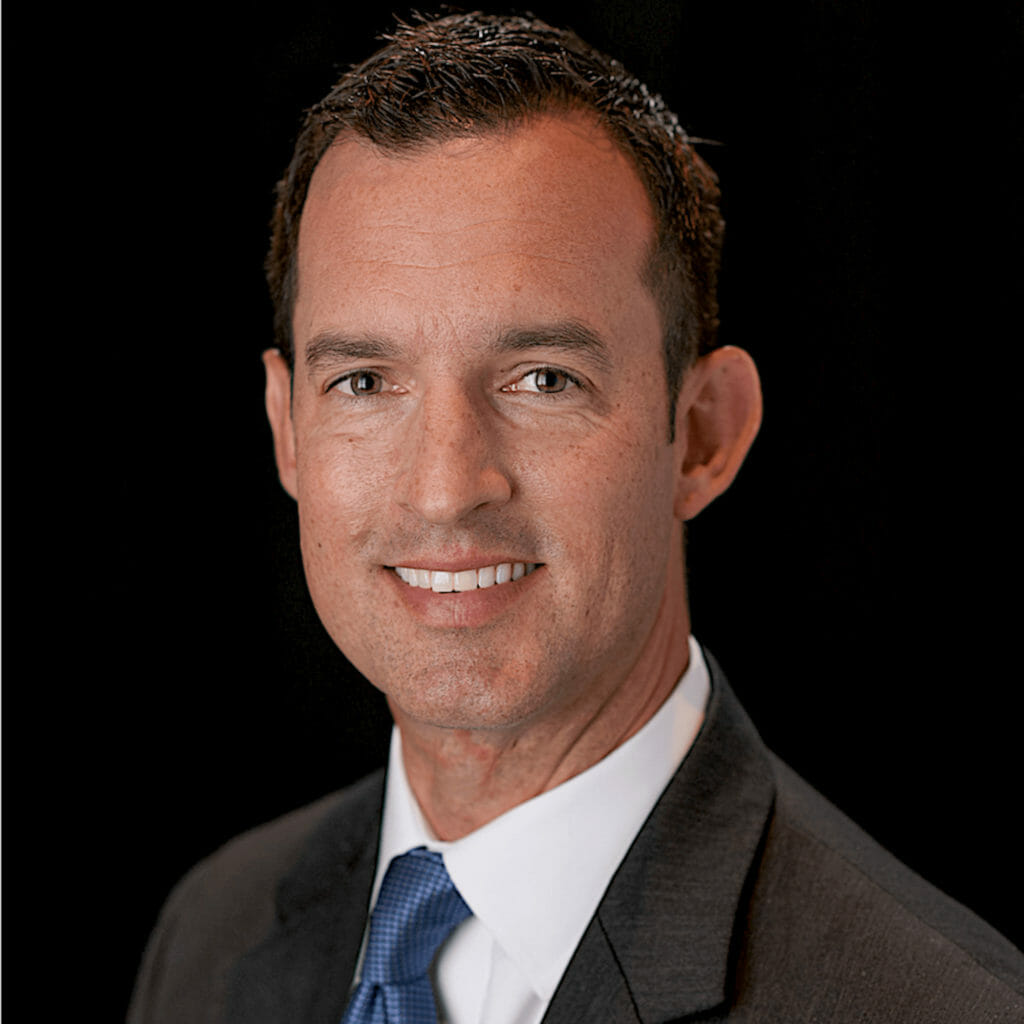
Testing every U.S. assisted living community resident and staff member for COVID-19 one time would cost $232 million, according to data released Wednesday by the American Health Care Association / National Center for Assisted Living.
AHCA / NCAL announced last week that one-time testing of all nursing home residents and staff members would cost $440 million nationwide, so the new figure brings the total to $672 million when both settings are included.
Costs for ongoing testing would be “unsustainable” without continued support from federal and state governments, the associations said.
“For months now, we have been advocating for expanded and priority testing in long-term care facilities to protect our residents and caregivers, but this is a significant undertaking and cost for them to shoulder on their own. Assisted living communities have yet to receive any direct aid, despite also serving vulnerable seniors,” AHCA / NCAL President and CEO Mark Parkinson said in a statement. “While building on support received for the Department of Health and Human Services, we are asking for additional consideration for all long-term care facilities, whether it be in regard to additional testing, personal protective equipment or funding.”
AHCA / NCAL reports that 42,382 assisted living communities in the country are home to more than 1 million residents and have almost 455,000 staff members. When combining data, the total number of initial tests needed for both assisted living communities and nursing homes is almost 4.5 million, the organizations said.
California is facing the highest cost — almost $69 million — for 458,268 tests for assisted living facilities and nursing homes, according to the calculations. Alaska has the smallest bill, $588,900, for 3,926 tests for assisted living and nursing homes.

NCAL Executive Director Scott Tittle said shortages of testing and PPE supplies continue to be a challenge because assisted living communities are not medical facilities and have not been prioritized by the government.
“With seniors among those most susceptible to the virus, the assisted living profession, in particular, is facing historic challenges when it comes to our most sacred charge: the health and safety of our residents,” he said in a statement. “We encourage our elected leaders to prioritize our most vulnerable and those who care for them in long-term care settings as they allocate these critical resources.”




